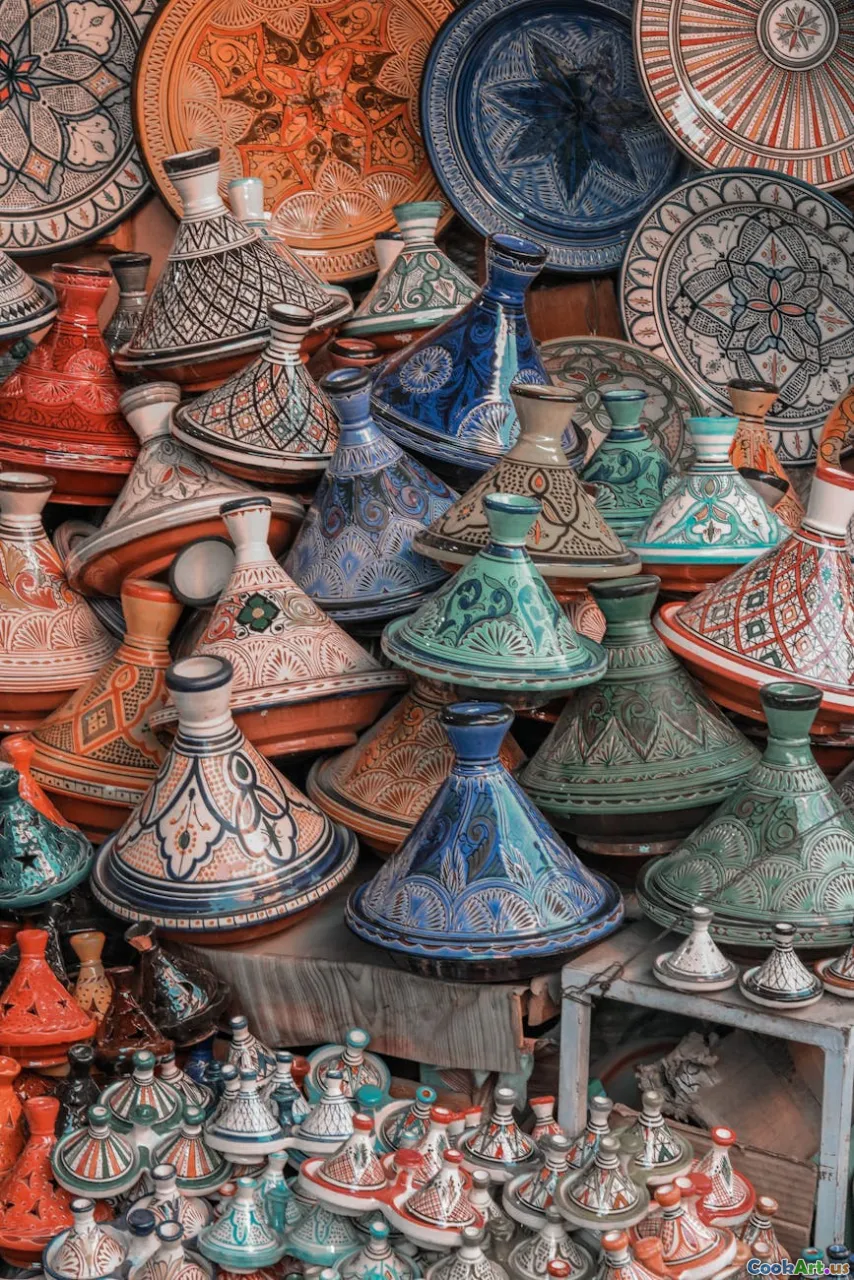Cultural Dishes That Tell a Story
6 min read Explore how cultural dishes narrate history, traditions, and personal stories through flavors, ingredients, and cooking techniques. April 06, 2025 09:00
Cultural Dishes That Tell a Story
Food is more than just sustenance; it is a vessel of culture, history, and personal experience. Every dish carries with it the essence of the people who created it, the land it comes from, and the traditions that have shaped it over generations. In this article, we delve into cultural dishes from around the world that not only tantalize our taste buds but also tell profound stories of heritage, identity, and community.
The Power of Food Storytelling
Food has been a medium for storytelling since ancient times. It connects generations, cultures, and communities. Each ingredient and cooking technique has a narrative that reveals something about the people who consume it. For instance, a bowl of pasta in Italy might evoke memories of family gatherings, while a plate of biryani in India may remind someone of festive celebrations.
Dishes That Speak Volumes
1. Tamales: A Taste of Tradition
Tamales, a staple in Mexican cuisine, are more than just corn dough filled with meats, cheeses, or vegetables; they are a symbol of family and community. Traditionally prepared during celebrations, the process of making tamales is a communal activity that brings families together. The act of wrapping tamales in corn husks is often accompanied by storytelling, passing down recipes and family histories from one generation to the next.
2. Kimchi: The Essence of Korean Culture
Kimchi is not just a side dish in Korean cuisine; it embodies the spirit of resilience and preservation. Fermented vegetables, primarily napa cabbage, are seasoned with a variety of spices and left to ferment. This practice dates back centuries and showcases the ingenuity of Korean culture in preserving food through harsh winters. Kimchi is often prepared in large quantities and shared among family members, symbolizing togetherness and the importance of maintaining cultural heritage.
3. Haggis: A Scottish Narrative
Haggis, a dish made from sheep's offal, oats, and spices, may seem unusual to some, but it tells the story of Scotland's resourcefulness. Traditionally associated with the poet Robert Burns, haggis is celebrated during Burns Night, where poems are recited, and the dish is served. It reflects the Scottish ethos of utilizing every part of the animal, showcasing a deep-seated respect for food and tradition.
4. Ramen: A Japanese Journey
Ramen's evolution from a simple Chinese noodle dish to a beloved Japanese staple encapsulates a tale of cultural exchange. Each region in Japan puts its unique spin on ramen, using local ingredients and flavors. From tonkotsu in Fukuoka to miso ramen in Hokkaido, this dish reflects regional identities and the passion of the chefs who dedicate their lives to perfecting it. Ramen shops often become communal spaces where stories are shared over steaming bowls of broth.
5. Biryani: A Melting Pot of Cultures
Biryani, a fragrant rice dish layered with meats and spices, narrates the tale of the Mughal Empire in India. Originally a royal dish, it symbolizes the fusion of Persian and Indian culinary traditions. Each region in India boasts its unique biryani recipe, often interwoven with local legends and familial traditions. The preparation of biryani is an art form, often involving recipes passed down through generations, making it a dish rich in personal and cultural narratives.
Conclusion: The Stories We Share
Cultural dishes serve as a reminder that food is more than just a meal; it is a way to connect with our roots and share our stories. Each bite we take is steeped in tradition, history, and the experiences of those who came before us. As we explore different cuisines, let us celebrate the stories behind the dishes, recognizing the cultural significance they carry and the connections they foster among people, families, and communities around the world.
Next time you sit down to enjoy a meal, consider the journey that dish has taken to your table and the myriad of stories it has to tell.









